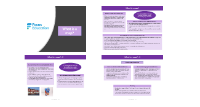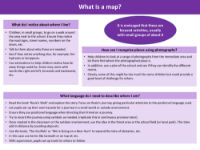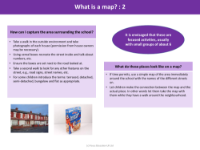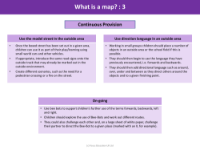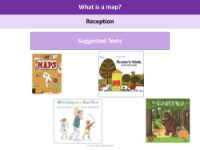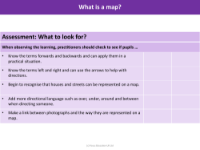Sequence of learning - Maps - EYFS
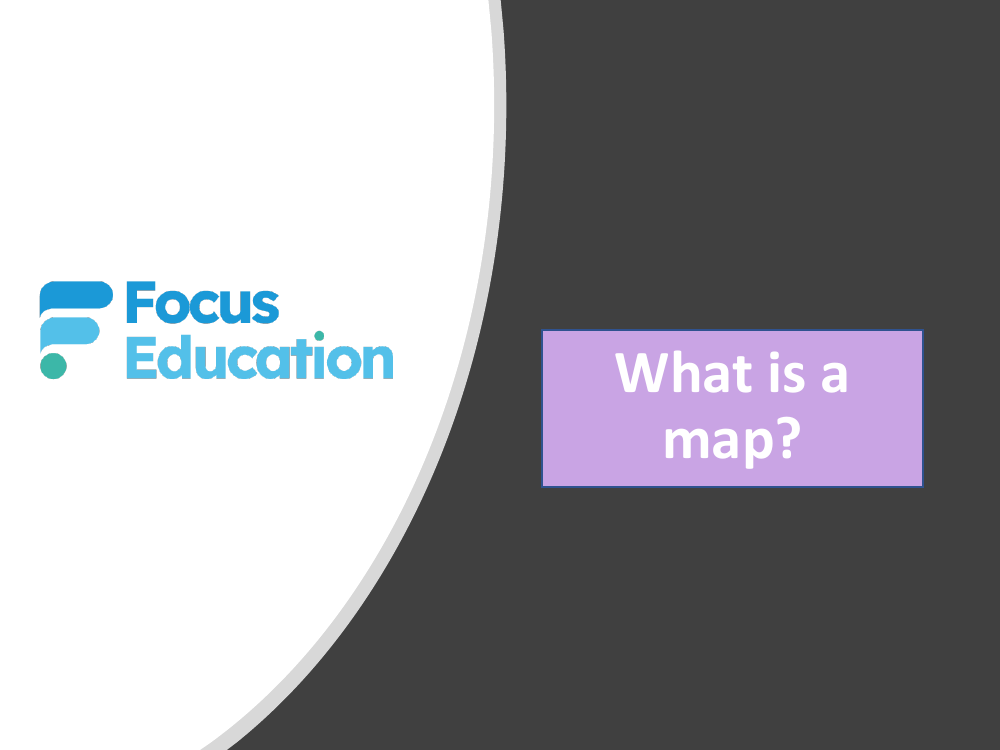
Geography Resource Description
At the reception level, children are introduced to the concept of a map as part of their understanding of the world, specifically focusing on geography. They begin to explore what a map represents and how it relates to their immediate surroundings. The learning sequence starts with drawing the children's attention to their local environment, such as the name of their street or the area the school is situated in. They are encouraged to observe and discuss what they see, with educators introducing relevant vocabulary. By looking at aerial views of the school and its setting, children start to recognise familiar features like buildings, roads, and open spaces. They are also given opportunities to create simple maps, either of places they see every day or from imaginary story settings, fostering their ability to draw information from a map.
Through this educational journey, reception-aged children learn to describe their environment using knowledge gained from various sources, including observation, stories, and maps. They begin to understand the differences and similarities between their own community and others, drawing on experiences and class readings. As they engage with photographs and simple maps, children start using basic positional language such as "far away" and "next to," and they learn to recognise and represent familiar places. The sequence of learning aims to develop their awareness of their environment, enhance their descriptive language, and introduce them to interpreting and creating simple maps, laying the foundation for their geographical understanding.

